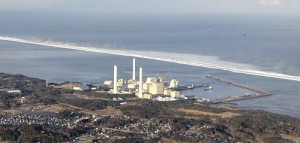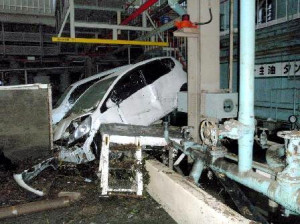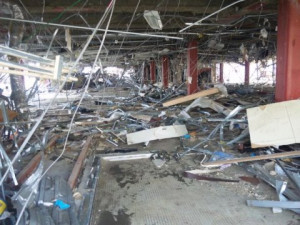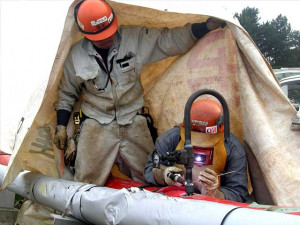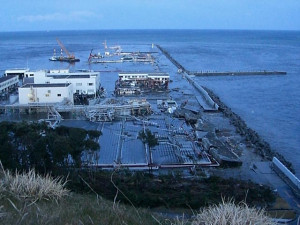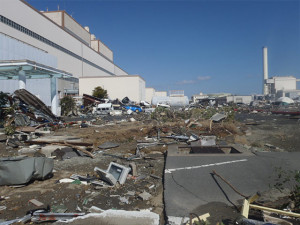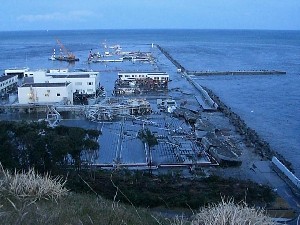A major earthquake (Mw = 9) hits the north-east of Japan at 14h46, followed at 15h48 by a giant tsunami (8 to 9 m height on the coast) which submerges the HIRONO thermal power station (oil and coal fired, located 10 km south of Fukushima Dai-Ichi) under 6 to 7 m of sea water. Two units in operation are automatically shut. By the end of the first shocks, a dozen of workers, who were assembling a new unit, climb down the scaffolding and rush to safety on a small hill located 1 000 meters behind. The 20 employees in charge of controlling of the 5 operational units were holding a meeting when the eartquake stroke, they seek shelter on the 3rd floor of the main building housing the station control room. Some employees try to protect the station equipments before the arrival of the tsunami, while one of them activates the tsunami alarm . All of the 1 400 workers and employees working on site succeed in joining the evacuation points before the tsunami arrival. The damages are significant, in the amount to several hundreds of millions of Euros : destruction of port facilities, storage tanks torn with loss of oil in the environment, maintenance bulding and equipment swept away, roads destroyed, the ground floor of buildings are flooded by mud, employees cars and sediment. 3 coal-fired units (P = 2200 MW) and 2 fuel fired units (P = 1600 MW) are damaged and can not be restarted beforethe end of August 2011. The owning company loses 18 % of its thermal generation capacity in the Tohoku region because 2 other thermal stations farther south have been damaged by the tsunami: an oil fired one in KASHIMA (4 units over 6, loss of 3200 MW) and a coal fired one in Hitachinaka (1 unit, loss of 1000 MW).



